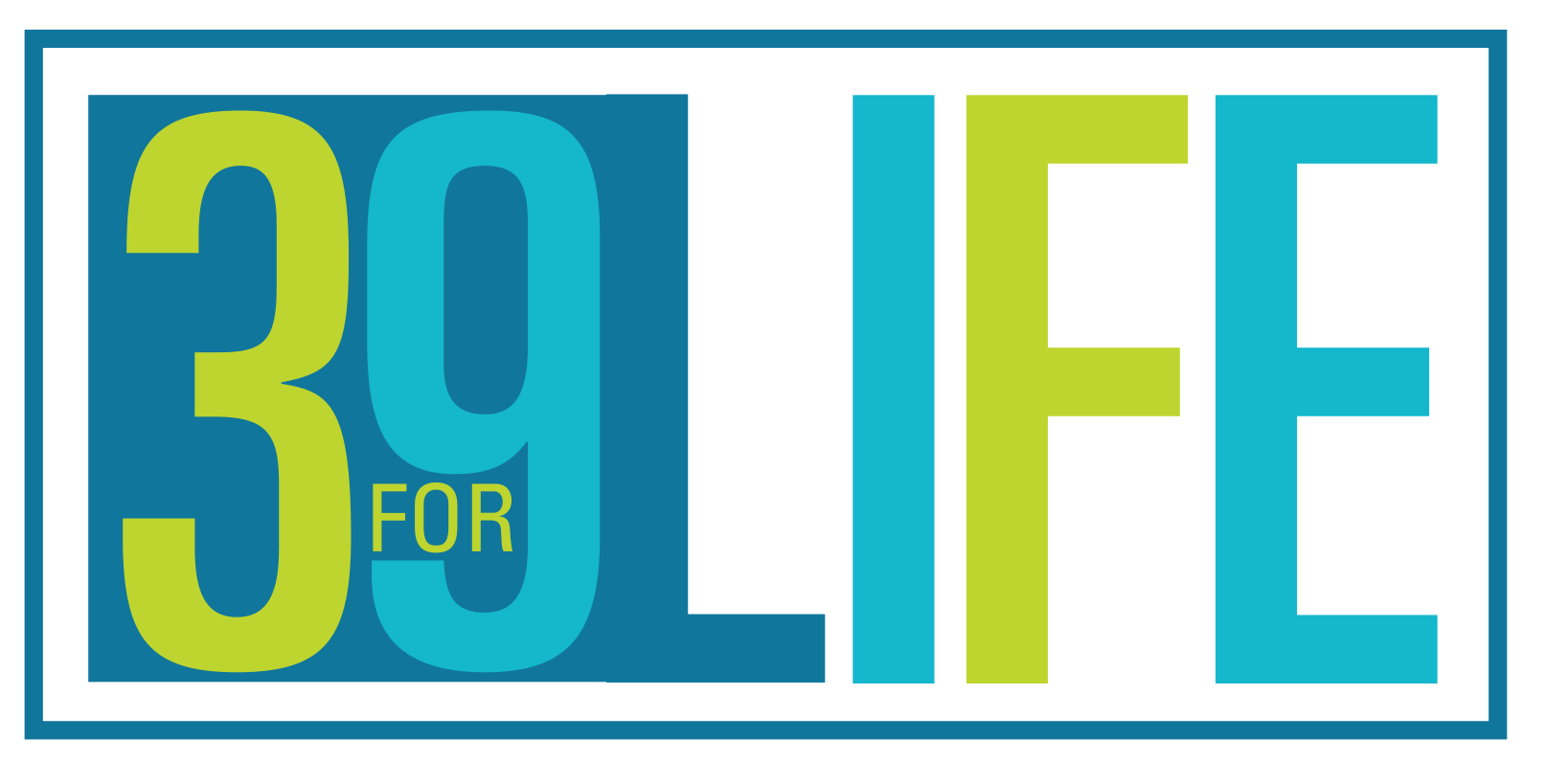We all have those days. You know, the ones where the day seems a little more gray to match our gloomy mood. Imagine living like that for weeks, even years. For millions of Americans, depression goes beyond a bad mood. It affects their ability to work, take care of themselves, maintain healthy relationships–even a desire to live.
This year, in recognition of World Health Day, the World Health Organization announced that depression is the leading cause of disability and illness worldwide. Currently, over 300 million people suffer from this debilitating disease. “Although there are known, effective treatments for depression, fewer than half of those affected in the world receive such treatments,” WHO says. “In many countries, fewer than ten percent receive treatment.” Depression affects everyone, so until there’s a reliable cure, here are optimal treatments that can help.
Interpersonal therapy
We know we are depressed; the big question is why are we feeling so blue? “Interpersonal therapy focuses on patients’ relationships with other people and how an individual may be struggling with connections and communication,” Time Health contributor Alexandra Sifferlin says. Commonly recommended for young people, Sifferlin added that interpersonal therapy is typically viewed as a short-term depression treatment. Not only can patients identify interactive challenges, but they can also adopt new tools to develop healthy relationships.
Exercise
If you are looking for a quick to boost your mood, put on your cross-trainers and get active. “Exercise benefits patients suffering from depression at any age,” Jason W. Hunziker, MD., medical director of inpatient care for the University of Utah Neuropsychiatric Institute, says. But doctors also recognize that the one thing preventing patients from getting needed exercise is the patient’s inability to get out of bed or off the couch. In that case, having a personal trainer or mentor, who follows up with the patient to keep appointments for exercise can help.
Dr. Hunziker says that merely getting up and moving is a good start. “Start small,” he says. “Plan a walk to the mailbox every day for one week, then make plans to walk half the neighborhood block and back.” When paired with therapy, exercise can be an important contribution to your treatment plan.
Transcranial Magnetic Stimulation
TMS is a safe and effective technique that uses a pulsing magnetic field to stimulate cortical neurons. Health experts have found that repeated activation of the left prefrontal cortex is known to produce antidepressant effects in patients suffering from major depression. “TMS therapy is an evidence-based, FDA-approved therapy that works for 67 percent of recipients,” William Bunn, MD., a board-certified psychiatrist of TMS Therapy of Utah, said. Studies show up to 45 percent of patients experience complete remission.
Music therapy
When Disney’s Snow White was whistling while she worked, was it the work or the whistling that lightened the load? For some researchers, it’s not the tune so much as the vibration the music creates that staves off depression. “At its core, music is sound,” Amy Novotney, a writer for the American Psychological Association, says. “And sound is rooted in vibration.” It’s called vibroacoustic therapy, and it uses low-frequency sound to produce vibrations that are applied directly to the body. Novotney says the goal of current research is to develop therapy that serves specific neurologic functions that cater to deficiencies often present in neurologically-based conditions.
Related link: 5 ways music therapy is a hit with seniors
Yoga
When you are feeling down, downward dog may be the ticket to easing your depression. “Researchers found that weekly sessions of yoga and deep breathing exercises helped ease symptoms of depression,” health writer Mary Elizabeth Dallas says, referring to a study conducted at Boston Medical Center. “The intervention seemed helpful for people who are not on antidepressants and in those who have been on a stable dose but have not achieved a resolution of their symptoms,” Dr. Chris Streeter, lead author of the study, and associate professor of psychiatry and neurology at Boston University. Specific poses like the child pose, forward bend, or cat pose prove beneficial in controlling symptoms.
Related link: Take a seat for some chair yoga
If you are one of the forty million Americans suffering from depression, there is hope. As researchers continue to learn more about brain functions and develop treatments, support is available to offer resources to those looking for a way out from under depression.
This article was originally published by The Daily Herald. It has been republished with permission.




